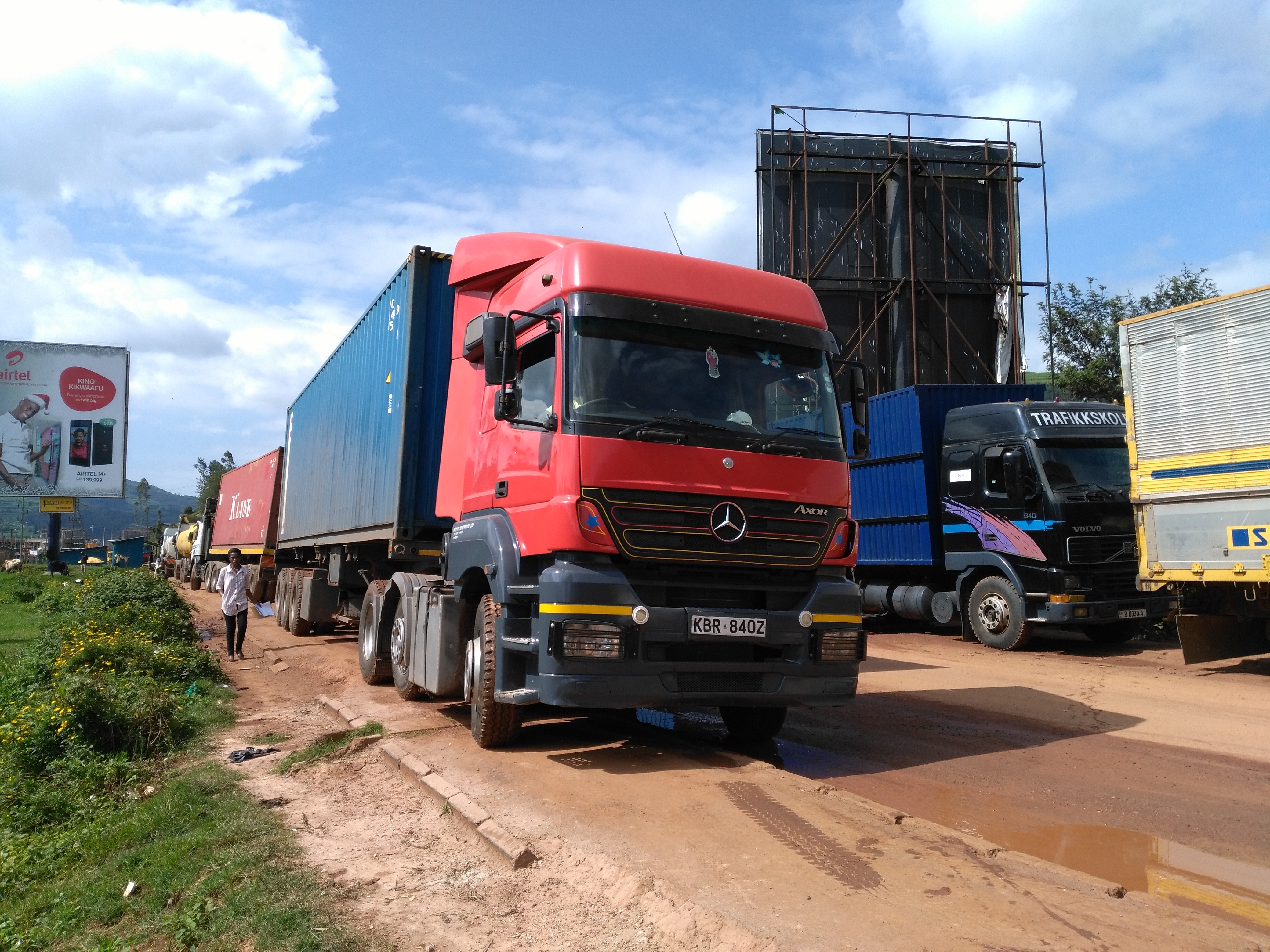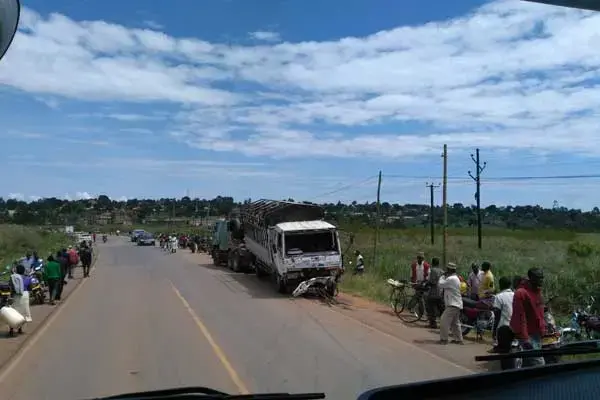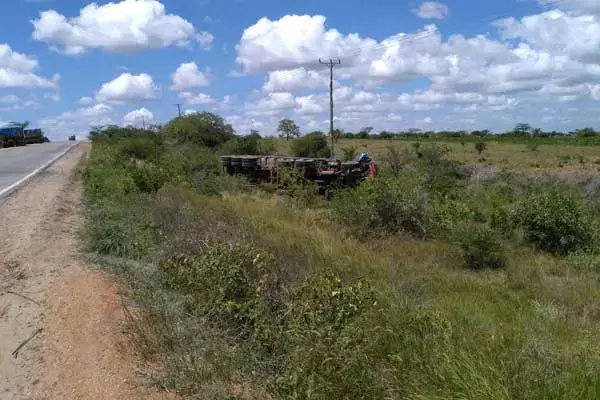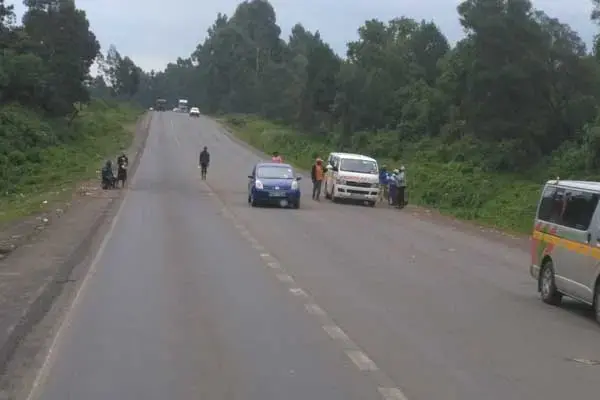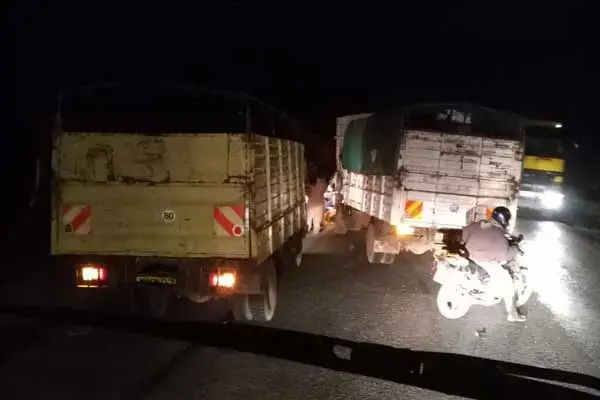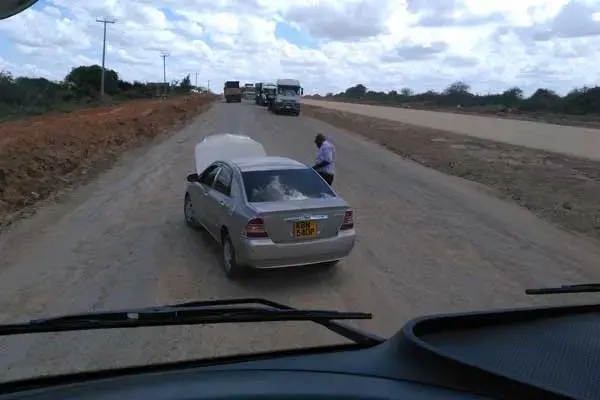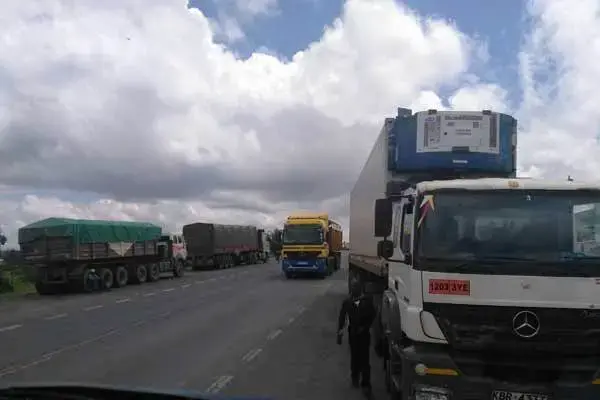It is not unusual to find trucks that have overturned on the Northern Corridor, which cuts across six East African countries.
There are also quite a number of accidents involving heavy commercial vehicles.
There are notorious black spots along the corridor in most countries that the highway passes through, such as Salgaa in Kenya and Masaka in Uganda.
On May 20 this year, six family members died after their vehicle collided with a lorry on the Masaka-Mbarara highway in Uganda.
On the morning of May 27, four people died after two trucks, both coming from Mombasa, collided and burst into flames.
The crash, which involved a fuel tanker and a truck ferrying a container, occurred at Kililimbi near Salama on the Mombasa-Nairobi highway in Kenya.
Such road crashes lead to the loss of dozens of lives as well as goods worth thousands of shillings.
Road safety experts and truck drivers blame fatigue for most of the accidents on the corridor.
JOURNEY QUITE TIRING
For long-distance drivers on this route, the journey on the Northern Corridor is quite tiring.
Depending on the destination, most spend up to 24 days a month on the road.
Most drivers plying the Mombasa-Kigali route take three to four days and do three trips in a month.
A round trip takes about eight days and most of the drivers rest for two days in Kigali before embarking on their journey back.
Those transporting goods to Burundi and the Democratic Republic of Congo take more days.
The cost of accommodation along the corridor also contributes to fatigue.
Pascal Rubimbura, a truck driver who transports goods from Mombasa to Kigali, says he and his fellow drivers have to sleep in the cabins of their trucks as most guest houses are too expensive for them.
"Most rooms cost $10 (Sh1,000) and at times they are not the best. Some even have bedbugs so most of us prefer to sleep in the bed in the cabin even if it is uncomfortable," he said.
To beat traffic on the roads and at weighbridges and border posts, most drivers find themselves sleeping for about four hours after driving for about eight to 10 hours.
WEIGHBRIDGES
Delays at weighbridges are worst in Uganda.
All weighbridges in Kenya are automated and long queues are caused by malfunctions. There are no weighbridges in Rwanda.
In a bid to tame the accidents that impact families and the regional economy heavily, the Northern Corridor Transit and Transport Coordination Authority (NCTTCA) has launched a multimillion-shilling project to address fatigue among frequent users of the highway.
The $70 million (Sh7 billion) project aims to put up 67 roadside stations that will serve as rest points for truck drivers in Kenya, Uganda, Rwanda, Burundi, South Sudan and the Democratic Republic of Congo.
NCTTCA Executive Secretary Donat Bagula says the agency identified 141 ideal sites for the stations but the 67 were earmarked as the most urgent.
Mr Bagula said the project was informed by increasing road crashes along the Northern Corridor, mostly involving heavy commercial vehicles and passenger vehicles.
ECONOMIC IMPACT OF ACCIDENTS
He said the loss of lives on the route has an economic impact as most of those who die are breadwinners, meaning their families suffer after they perish on the roads or are disabled after being injured.
"It gets worse if the goods and truck are completely destroyed but the biggest impact is the loss of lives. The drivers are breadwinners and in the African context the immediate and extended family are affected," he said.
As trade among East African countries increases, so has movement of goods and people, making the route one of the busiest in the region.
Each of the six countries will have a number of the rest stations, depending on the stretch of the corridor and border points connecting to other member countries.
According to NCTTCA, Uganda will have the highest number of roadside stations, 27, followed by Kenya with 22.
Rwanda and DR Congo will have seven each while Burundi and South Sudan will have two.
STRATEGIC ROADSIDE STATIONS
The NCTTCA says a study was done to identify strategic locations for the roadside stations in all countries on the corridor.
The authority says the stations project was launched during an investors' conference in April 2015.
"Kenya has a task force in place which is currently working on the guidelines for investment," said Mr Bagula.
He said in Kenya, two pilot roadside stations will be constructed first, in Sultan Hamud and Salgaa.
Documents from the NCTTCA show that the Sultan Hamud project is expected to cost Sh118.9 million ($1,189,558) while the one in Salgaa will cost Sh114 million ($1,442,252).
The Uganda Roadside Stations Taskforce was launched in April 2016.
Mr Bagula said other countries on the Northern Corridor are also forming task forces on roadside stations.
"I was in Rwanda recently and soon they will launch their task force," he said.
To address fatigue, each roadside station will act as a rest stop for heavy commercial vehicles, passenger vehicles and personal cars.
However, the main focus is on trucks that transport cargo for long distances on the route.
SIZES OF STATIONS
"We will have large, medium and small roadside stations. The sizes are determined by the traffic of heavy commercial vehicles and passenger vehicles," Mr Bagula told the Nation.
The roadside stations will have service stations and workshops for vehicle repairs.
There will be a specific station for repairing trucks and also designated parking space for trucks and buses.
The parking lots will end parking of trucks on the roadsides, which at times leads to accidents mostly involving pedestrians.
Duncan Kibongong, a deputy director for safety strategies at the National Transport and Safety Authority (NTSA) in Kenya, says heavy commercial vehicles parked on roadsides make roads narrow and easily cause accidents.
STATIONARY TRUCKS
"Stationary trucks also cause crashes especially at night because they partially block roads and are not easily visible in the dark," said Dr Kibongong.
The roadside stops will also have washrooms, shops, restaurants, supermarkets and banks.
Mr Bagula said the presence of facilities such as restaurants and banks will spur growth around the roadside stations by creating employment.
"Our aim is to use the roadside stations to tame road crashes but also spur economic activities along the corridor to improve the lives of people," he said.
The stations will also reduce accidents involving hawkers, who are knocked down as they rush to sell to truck drivers or passengers in buses.
Health facilities will also be set up at the stations to cater for drivers who fall sick.
The health facilities will also cater for long-distance drivers living with HIV.


